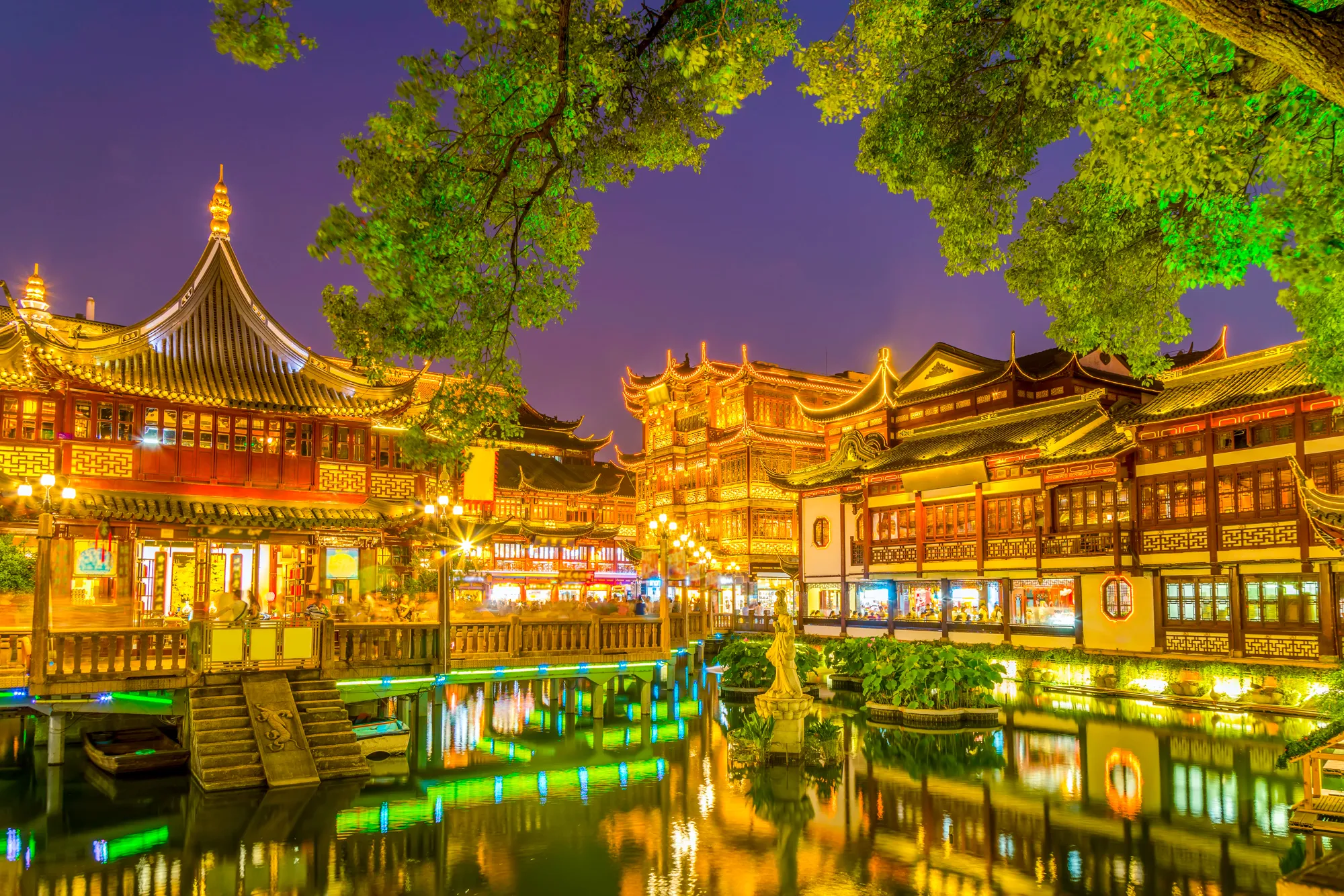After breakfast visit The Terracotta Army is a collection of
terracotta sculptures depicting the armies of Qin Shi
Huang, the first emperor of China. It is a form of funerary art
buried with the emperor in 210–209 BCE with the purpose
of protecting him in his afterlife.
The figures, dating from approximately the late 200s BCE,
were discovered in 1974 by local farmers in Lintong County,
outside Xi’an, Shaanxi, China. The figures vary in height
according to their rank, the tallest being the generals. The
figures include warriors, chariots and horses. Estimates
from 2007 were that the three pits containing the Terracotta Army hold more than 8,000 soldiers, 130 chariots with
520 horses, and 150 cavalry horses, the majority of which
remain in situ in the pits near Qin Shi Huang’s mausoleum.
Other, non-military terracotta figures were found in other
pits, including officials, acrobats, strongmen, and musicians
Visit The Bell Tower of Xi’an, built in 1384 during the early
Ming Dynasty, is a symbol of the city of Xi’an and one of the
grandest of its kind in China. The Bell Tower also contains
several large bronze-cast bells from the Tang Dynasty
Visit The Drum Tower of Xi’an located in the heart of Xi’an,
the capital of Shaanxi province, Northwestern China, along
with the Bell Tower is a symbol of the city.Erected in 1380
during the early Ming Dynasty (Hongwu era), it stands
towering above the city center and offers incredible view of
Xi’an. The Drum Tower is in a predominantly Muslim district
of Xi’an, known as the Drum Tower Muslim District
Later visit The Xi’an Muslim quarter. It is a snack and
commercial street situated in the center part of Xi’an, China.
It is close to the Bell Tower and the Drum Tower. Shehui
Road is to the east, Zaoci Lane to the west, West Avenue to
the south, and Hongfu Street to the north.
There are ten mosques in the area. The biggest one is the Great Mosque, which was listed as the
state-level protected heritage for its traditional buildings and religious significance. According to demographic statistics in 2010, about 60,000 people live in this area, more than half of which are the Huis and
the others are the majority Hans. In the past few decades, Xi’an Muslim Quarter has become a well-known
tourism site which is famous for its culture and food. It attracts visitors from all over the world each year.

